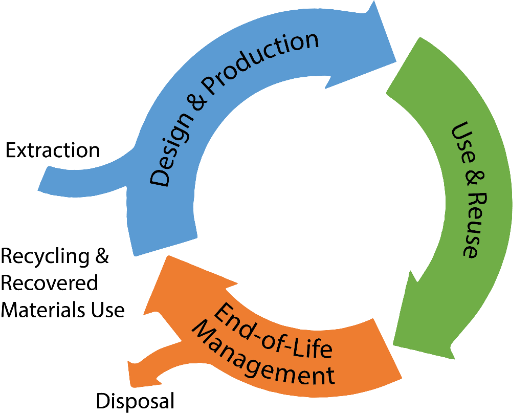State Solid and Hazardous Waste Plan
The State Solid and Hazardous Waste Plan provides direction for residents, businesses, and governments to more wisely manage waste and materials. Waste generation continues to increase, in aggregate and per capita, since the late 1980s when we began to measure it.
Valuable recyclables and waste resources are being thrown away. Toxic chemicals that can harm peoples' health or the environment are common in many products.
Our goal is to reduce or eliminate waste and toxics wherever we can.
What is the State Solid and Hazardous Waste Plan?
The State Solid and Hazardous Waste Plan guides the management of waste and materials in Washington. Its vision is to eliminate waste and toxics wherever possible and use the remaining wastes as resources. The plan advances the state's waste management hierarchy, established in the solid and hazardous waste statutes; that waste reduction is the highest priority, followed by recycling, and then safe disposal.
Washington's residents, businesses, and governments have all made big improvements in waste management practices since the first state plan was adopted in 1972, but there is work yet to be done.
Why plan for reducing solid and hazardous waste?
Reducing wastes and toxics has many benefits:
- Saves money for consumers, local governments, and businesses
- Conserves natural resources for future generations
- Protects human health and the environment
- Lowers greenhouse gas emissions
- Decreases water and air pollution
Reducing wastes and the use of toxic chemicals is the smartest, cheapest, and healthiest approach to waste management. Planning helps us transition from older practices to better and more proactive approaches for a more sustainable future.
Sustainable materials management
To help reduce waste and toxics, the plan focuses on sustainable materials management. This means using and reusing materials in the most sustainable way across their entire life cycle — from design, manufacturing and use, to end-of-life when the material is either disposed or recycled.
Related links
Contact information
Janine Bogar
Solid Waste Management program planner
360-764-9287
janine.bogar@ecy.wa.gov
Amy Correa
Hazardous Waste and Toxics Reduction program planner
360-407-7613
amy.correa@ecy.wa.gov


